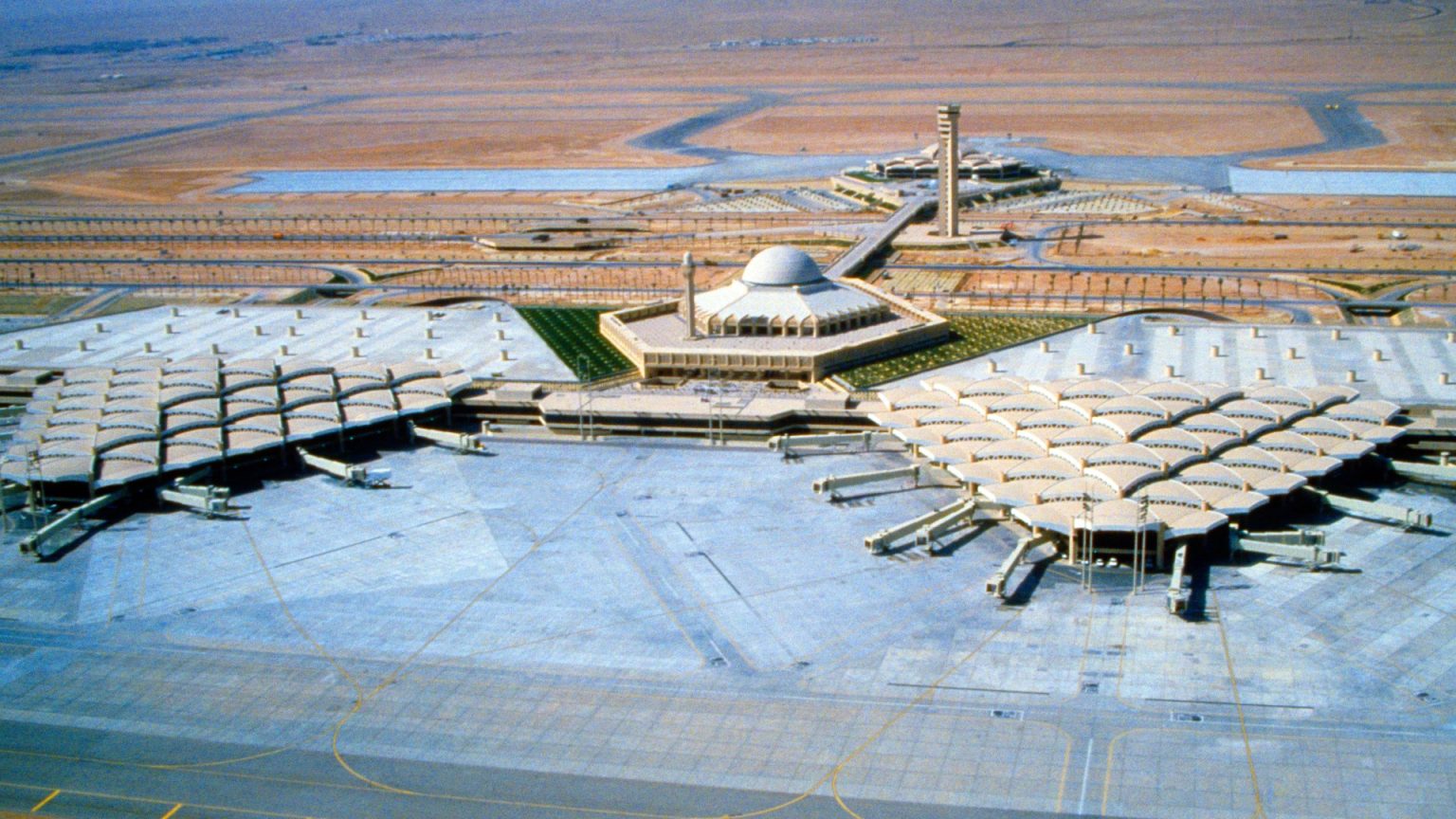Phase One of King Khalid International Airport’s Transformation Complete
King Khalid International Airport (KKIA) in Riyadh, Saudi Arabia, marked a significant milestone in its journey to becoming the world’s largest airport with the completion of the first phase of its Terminal 1 expansion. This initial phase, unveiled on January 8th, has dramatically enhanced the passenger experience and boosted the terminal’s capacity. The revamp includes 38 new check-in counters, supplemented by 10 self-service kiosks for expedited processing. Passport control has also been streamlined with 26 dedicated counters and 10 automated gates. For arriving passengers, 40 passport control counters and 11 self-service gates facilitate smoother immigration procedures. The expansion extends beyond passenger processing, encompassing improved commercial spaces, modernized circulation systems, enhanced energy efficiency measures, and reinforced safety protocols. This first phase increases Terminal 1’s annual passenger capacity from three million to seven million, marking a substantial contribution to the airport’s overall growth.
KKIA’s Role in Riyadh’s Global Hub Ambitions
The Terminal 1 expansion aligns with Saudi Arabia’s strategic vision to position Riyadh as a prominent global hub for international travel and trade. Saleh Al-Jasser, the Saudi Minister of Transport and Logistics Services, emphasized the significance of this development, highlighting its contribution to both the airport’s operational capacity and Riyadh’s growing international prominence. This latest upgrade follows the expansion of Terminals 3 and 4 in 2022, demonstrating the ongoing commitment to modernize and enhance KKIA’s infrastructure. Further improvements are underway at Terminal 2, which will eventually elevate the airport’s total capacity to 14 million passengers annually. These developments lay the groundwork for the grand vision of King Salman International Airport.
King Salman International Airport: A Vision of the Future
King Khalid International Airport is a crucial component of the ambitious King Salman International Airport project, slated for completion in 2030. This mega-project aims to create the world’s largest airport, a testament to Saudi Arabia’s commitment to establishing a global aviation hub. The future airport will boast six runways, capable of handling an astounding 120 million passengers per year, a figure projected to reach 185 million by 2050. The sheer scale of the project is evident in its expansive footprint, spanning 57 square kilometers (22 square miles). This vast area will not only house state-of-the-art aviation facilities but also dedicate approximately 12 square kilometers to recreational amenities and retail spaces, creating a comprehensive and dynamic airport city.
Connectivity and Travel Considerations
Despite ongoing regional conflicts, Riyadh remains a safe and accessible destination. British Airways provides direct flights from the UK, offering convenient travel options. While the UK government advises against travel within a 10km stretch of the Saudi-Yemen border, Riyadh itself remains unaffected by these restrictions. Travelers are encouraged to consult official sources for the latest travel advisories and ensure a safe and informed journey.
European Airport Developments: A Broader Perspective
The expansion of KKIA reflects a global trend of airport development and modernization. Several European countries are also undertaking significant airport projects to enhance their aviation infrastructure and cater to growing passenger demand. Portugal’s new Luis de Camoes Airport, scheduled to open by 2034, will replace Lisbon’s existing airport and accommodate 100 million passengers by 2050. Greece is developing Kastelli International Airport in Crete, projected to handle 10 million passengers annually upon its opening in 2027. Norway’s New Bodø Airport, set to open by 2029, will replace the existing airport and welcome up to 2.3 million passengers annually. These developments highlight the ongoing investment in aviation infrastructure across the globe, driven by the increasing demand for air travel.
UK Airport Expansion: A Parallel Trend
The UK is also actively involved in airport expansion projects. The government has approved plans to expand London City Airport, while London Stansted Airport has unveiled a £1.1 billion renovation plan to accommodate an additional 20 million passengers over the next 16 years. These initiatives mirror the global trend of airport expansion and modernization, reflecting the aviation industry’s response to growing passenger numbers and the evolving needs of air travelers. The continued investment in airport infrastructure highlights the vital role of aviation in facilitating international connectivity and economic growth.




